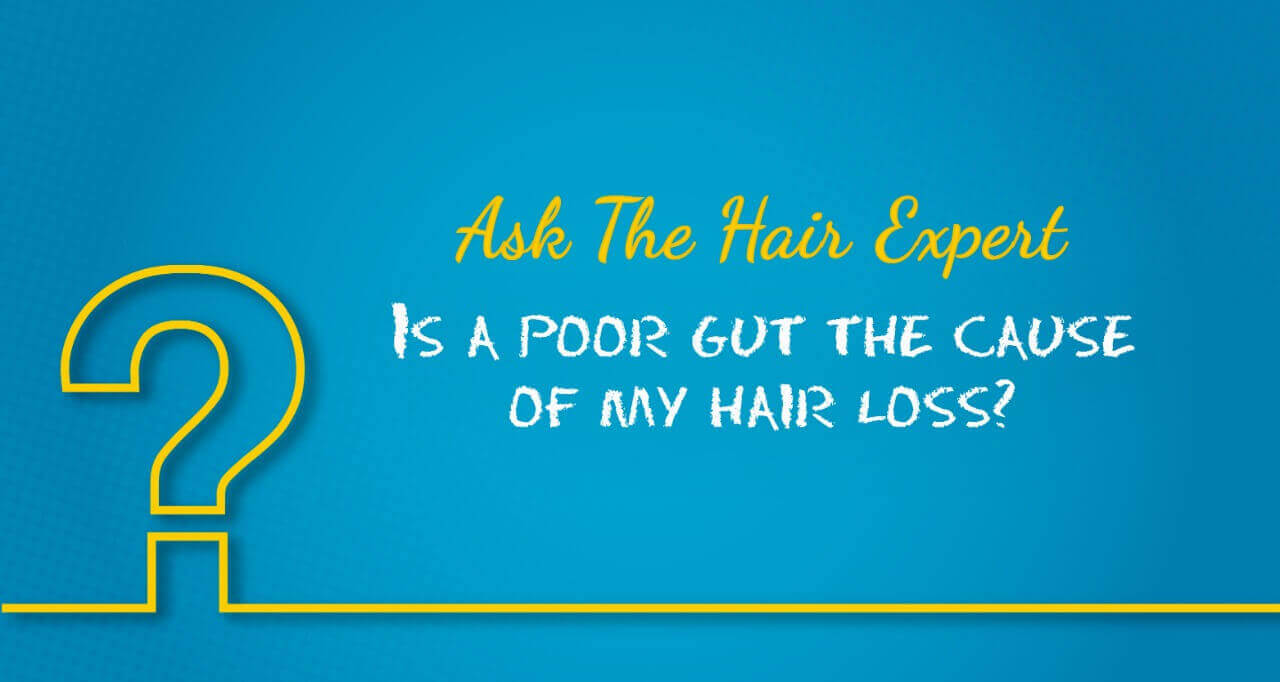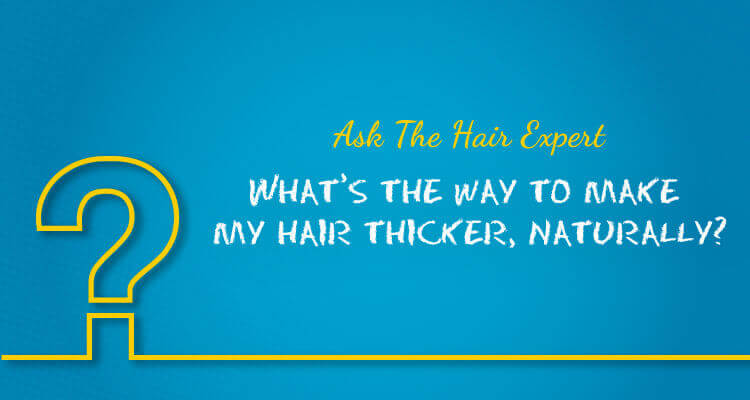Hairdryer, or blow dryer as is commonly called, is perhaps the most commonly used electric equipment for hair.
But think through this…ever wondered why you have bad hair days often? And you feel like you HAVE to use a blow dryer to fix it up, every day? Well, then you are perhaps someone who has been using electric equipment like a hairdryer a bit too much!
You may ask – How can I achieve my hairstyle and look without using one? It is so basic!
Given the hectic lifestyles and schedules, who has the time to let the hair take it’s time to dry?
Can’t blame you for asking these questions. We do understand that’s exactly how the situation is.
But as we always say, whatever you do for your hair and health – be aware of its consequences – benefits and flipsides. Let it be a conscious call. You are then prepared to face the flipsides, to say the least!
Today, in our Ask the Hair Experts series, we are going to discuss this very topic, on how best to dry your hair, how hair dryers work, how its frequent use can impact your hair, and what measures you can take to control the damage. We are addressing these questions that are very frequently asked in our clinic sittings, and much on social media.
You asked: “Blow dry or air dry? Which is better and why? Can my hairdryer damage my hair? I use a blow dryer every day. Should I be worried about my hair getting weak?”
Here’s the answer from the Hair Experts.
Yes, blow dryers CAN damage your hair; as does air drying when not done right!
It all boils down to how frequently you use the equipment, at what setting, how you care for your hair otherwise, what products you use on it before/while/after blow-drying and so on. After all, good hair comes with good care.
Let’s dive deep into this to clear all those queries and questions. We will start with understanding the behind-the-scenes!
What makes hair dryers, or any heat-styling-equipment for that matter, is that they can strip away from the moisture from your hair and damage the cuticle.
Moisture content is as important to your hair as it is to your skin. Your hair is nourished and strong when the moisture level is sufficient.
If your hair’s overall in good health, when you use a blow dryer or such styling equipment in moderation and in the right way, it will not damage your hair as much. If you are someone who is already having hair and scalp concerns, then the damage can be an issue. Applying heat on already dry/damaged hair can lead to hair that is brittle, dull and make it prone to breakage.
How do hair dryers work?
As you know, a hairdryer is an electronic device that is designed to blow air (normal or hot) over your damp hair, to help accelerate the evaporation of water particles and dry your hair faster! It was invented around the 19th century, but it started making an appearance in households as a handheld device, perhaps in the 1920s.
The basic principle behind it is this – Evaporation is controlled by the surrounding relative humidity. It is the ratio of water content the air holds to the amount it could hold. So if we say the relative humidity is 90%, it means that the air is holding 90% of its maximum water holding capacity. When the air is heated, then the relative humidity comes down.
So! While the air still holds water, it can actually hold more, meaning with the use of a hot blow dryer, the warm air emitted can absorb more water from your hair than otherwise. The device speeds up the evaporation process from your hair’s surface, as it ensures more warm air around your hair strands! The lower this relative humidity, the quicker and easier the water evaporates. The individual water molecules separate from each other and move on to become gaseous in nature. Thus, hot air can dry your hair way faster than air that’s at normal temperature!.
What does this mean for your hair, though?
Well, you are exposing your hair to unnatural heat! Your hair strands aren’t meant to take such a focussed heat application. This changes their texture and has a negative impact in the long run on the hair cuticle. On one hand, you have the device usage, and then on the other, the overheating, over-drying, over brushing and pulling that forms the part of the exercise cause concern. By using a hot dryer, you are forcibly sucking out all the moisture from your hair (more than you intend to, surely) and then you are putting so much of a strain on the hair shaft, that you weaken it and make it prone to breakage.
Concerns of blow drying
The concern here is the heat on hair. As mentioned above, and in many of our earlier blogs, heat when directly applied on hair changes (and damages) the hair structure, texture and shape. Straighteners and curling equipment work using this fact. Heat is applied, along with chemicals, to change the shape and structure of your hair. Make it pokey straight, curl it…all of this happens ‘cos the cuticles are raised to change. What’s also happening here, as you style your hair, is that you are stripping off moisture and nutrients from the layers of the hair shaft.
Further, when you hold the dryer close to your scalp, you are further damaging the scalp as well. Essential oils and moisture are sucked away from the scalp as well, making it dry and damaged.
Basically, hair loses its elasticity, your cuticle which is your hair’s protective shield is damaged, making it all the more breakable. Steam forming (water trapped inside the hair fiber turning to steam) during this process, inside the hair shaft, causes hair breakage as well.
How does drying hair naturally work?
Drying your hair naturally is to basically air dry. But this does not mean you just leave your hair dripping wet and wait it out. Leaving moisture in your hair for long is a concern as well! (Which is why you need to towel dry it first and properly at that.)
What happens when you leave your hair wet for long?
Your hair is like a rope, intertwined with multiple layers. The outermost protective layer is your cuticle, which is made of keratin, just as your fingernails. You then have the cortex and the medulla. The cortex is what gives your hair its strength and elasticity. Do read our blog on hair anatomy to understand what your hair is made up of.
Now, when you wet your hair, the molecular structure of your hair strand changes as water is absorbed through the layers into the cortex. This makes it swell up and thereby weakening it. Hair is known to absorb 30% of its own weight in water. But not beyond this, and not for a long period. This makes your hair most vulnerable. Hair is at its weakest when wet.
Now if you don’t pat dry it and leave it dripping, the water is making your hair swell up within. When you repeatedly do this as a practice, then it can break the cuticle, damaging it forever. It is recommended that you neither leave your hair wet nor style it up while it is still wet.
So while drying your hair naturally is healthy, it needs to be done with a certain discipline.
Cautions to be taken with air drying
- Gently blot out the water off your hair after you finish rinsing – gently from the roots to the ends. Rubbing and tussling your wet hair with the towel is a strict no. Back-and-forth motions on wet hair will damage the hair shaft and lead to hair breakage.
- Wrap your wet hair in a towel, leaving it hanging low instead of pulling it up and over the top of your head. This is for the towel to soak up the water. Do not leave it wrapped for more than ten minutes.
- Once you remove the towel, your hair should be just a tad damp. You can then leave it air dry.
- Once it’s decently dry, you can detangle gently using a wide-toothed wooden comb. Any other comb or brush may tear up your already water-weakened hair, causing breakage. Start at the tips and work it up to the roots. Do read our blog on how best to use your comb.
- Also, never go to bed with wet hair or even damp hair for that matter. This can cause irreversible damage! As such the friction against your pillow puts enough strain on your normal hair. When your hair is damp, there is instant breakage with friction. We in fact always recommend silk pillowcases to reduce friction and static.
- Also, do not step out with damp hair. As mentioned above, with the water molecules, the gaps within the cuticle are larger and more moisture, humidity and polluting particles from the environment can get absorbed into the layers. This will damage your hair badly.
Blow-dry or air dry?
It is always recommended to use heat application minimally on your hair. We would encourage air-drying, following the caution discussed above. Further, we have detailed above the pitfalls of using heat on hair, explaining the impact it has. Blow drying is one of the physical factors responsible for damage to the hair shaft. Hair shaft disorders like bubble hair, are seen in people who use blow dryers very frequently. Bubble Hair, for instance, is said to be caused by the focussed heating of damp hair. This produces bubbles within the hair shaft, resulting in the hair fibers becoming dry and brittle.
Having said that, given the times we live in, we understand the need for styling and following trends at large. As long as you otherwise maintain good hair habits, consume a well-balanced diet and overall ensure healthy hair, using blow drying and such equipment in moderation, as minimally possible, can be okay. A few safety measures may be kept in mind, though!
Is there a way to blow dry safely?
Yes. There are ways to ensure that you curtail the inevitable damage to your hair during the blow drying process.
- To start with, towel-dry your hair as mentioned in the earlier section. Hair cannot be wet when you put a comb or blow dryer on it!
- When your hair is damp (and not wet) and feels warm, use a wide-toothed comb and untangle the knots.
- Apply a heat sealant or protectant. This would be in the form of hair serum. You can check with your trichologist on which product would suit you best.
- Ensure that your dryer is set the dryer at a low or no-heat setting. Cold hair dryers are the best
- Part your hair into sections as you blow-dry.
- You should hold the hairdryer at least 15 centimeters away from your head. Basically, as far back as you can comfortably, away from the scalp!
- Start drying your hair from root to end but ensure you are holding it away from the scalp as mentioned above.
- You can use the flat nozzle that comes with most blow dryers at the beginning and go for a wider attachment as you get along. The more the heat spreads the better. You also get special flow diffuser attachments with some dryers to help curtail the application of heat on a singular section.
- Do not hold the dryer at one spot for too long. Never over-dry. Ensure that there is continuous motion.
- Hold the dryer at a sharp angle to your hair. This angle could help you close those raised cuticles and curtail hair damage.
- Keep reducing the temperature as you go through this process. In the end, be sure to give a complete cool blast to help seal the hair down. This will also help avoid over-drying of the hair shaft.
- In case of straighteners and curling tongs, please do ensure that you do not EVER apply it on wet hair. That would create absolute colossal damage! You should get to this step only once your hair is dry.
- And through all this, use the right brush and do not yank at your hair. Please be gentle.
How to tackle the damage that’s done?
If you are someone who is already struggling with damaged hair, you should definitely seek professional help to understand the root cause and solve it.
A trichologist can diagnose your hair & scalp condition scientifically, identify your hair type and give you valuable inputs on the kind of hair care and hair products you need. This apart, depending on the diagnosis, they can help you with tricho treatments like hydrotherapy, that can help rejuvenate you and restore healthy hair. If you are facing hair fall, there are tricho scalp treatments that repair damaged hair and scalp, address the issue of hair fall holistically and get you on the path to great hair.
To reiterate and summarise, we do not advocate that you never use blow dryers or styling equipment, but only recommend that you do so in a measured manner, with adequate protective care to your hair on the sidelines. Do read our blogs on how modern trends can be damaging to your hair and how you can stay stylish while ensuring your hair is damage-free.
Do visit a reputed clinic, get professional advice on what’s good for your hair and have a great hair day, every day, naturally!
Questions? We are just a call away!
Do read our extensive hair care blogs that give you handy tips on caring right for your hair on a daily basis. Do also check out our blogs on hair loss, treatments & solutions, and pick on some interesting hair trivia!
Connect with us on social media on the links below. Please leave your questions & comments, and we will address them all, just as we have done today!



